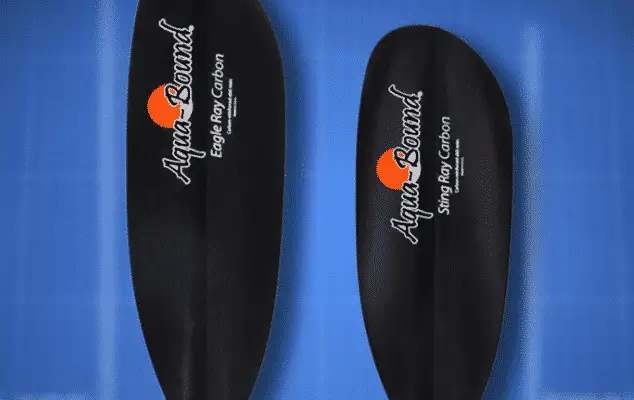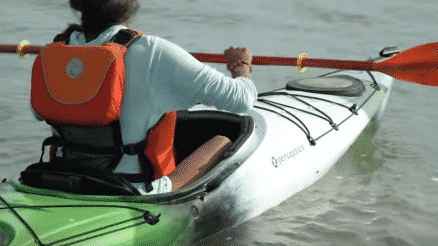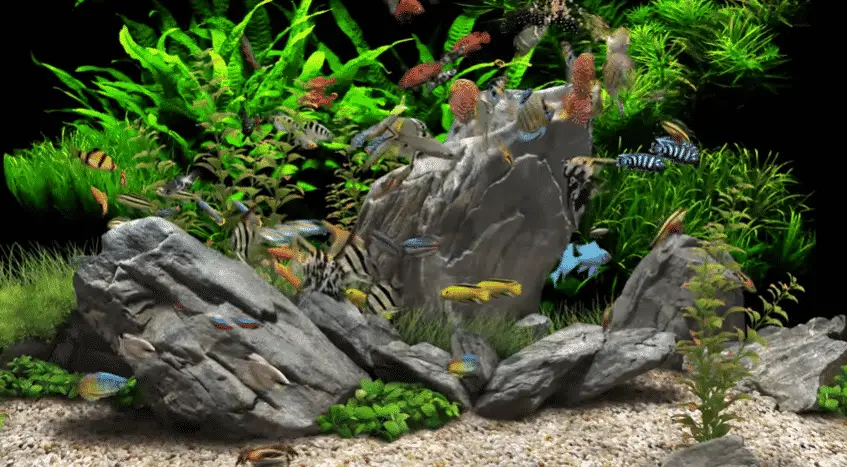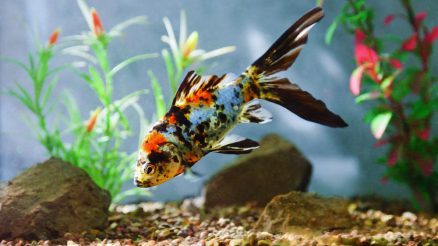Top 3 Best Paddles For Kayaking
If kayaking ranks high among your preferred activities, then you’re well aware of the significance of possessing the perfect paddles for kayaking. Optimal selections should enable you to engage in paddling extensively without experiencing exhaustion or muscle strain.
Choosing the best paddles for your kayak can be a time consuming task, especially if you are new to the process. Also, the market is flooded with options for different categories and in different heights, making the process even more confusing.
Here is a comprehensive kayak paddles review with three of the best options in the market, and a guide on how to choose the best kayak paddle for your needs.
| Image | Title | Learn More |
|---|---|---|
 | SeaSense X-TREME 2 Kayak Paddle - Black (96") | Learn more |
Top | Carlisle Magic Plus Kayak Paddle (Sunrise, 220 cm) | Learn more |
 | Crooked Creek 8-foot Kayak Paddle - Features a Lightweight Construction and Asymmetrical Blades - Versatile and Comfortable (50484) | Learn more |
SeaSense Kayak Paddle
This kayak paddle by SeaSense is made in a feathered Blade Design with a two Piece Construction design for easy storage. It comes with adjustable Drip Guards, support ridge for added strength, three locking positions for stability and has the ability to floats on water thanks to its lightweight.
- Feathered Blade Design
- Two Piece Construction For Easy Storage
- Adjustable Drip Guards
- Support Ridge For Added Strength
- Three Locking Positions
- Floats
Carlisle Magic Plus Kayak Paddle
These Glass-filled polypropylene blades are both lightweight and durable. They come in an asymmetrical, slightly curved blade shape to produce smooth, efficient strokes even in rough water conditions. They are very lightweight, yet strong, thanks to the wrapped fiberglass shaft with an ovalized grip. The rubber drip rings help to keep hands and legs dry while paddling and the no-fail push-button take down allows blades to be feathered at 60-degrees or set inline, for right or left-handed control.
The blades are made with a Lightweight & Durable High-Impact Glass-Filled Polypropylene while the shaft is made from lightweight fiberglass material.
- Glass-filled polypropylene blades are both lightweight and durable
- Asymmetrical, slightly curved blade shape produces smooth, efficient strokes
- Lightweight, yet strong, the wrapped fiberglass shaft has an ovalized grip
- Rubber drip rings help to keep hands and legs dry while paddling
- No-fail push-button take down allow blades to be feathered at 60-degrees or set inline, for right or left-handed control
- Blade Material: Lightweight & Durable High-Impact Glass-Filled Polypropylene
- Shaft Material: Lightweight Fiberglass
- Weight: 35.6 oz. (220 cm)
- Colors Available: Sunrise and Cloud
- Lengths Available: (cm) 220, 230, 240
TRAC-Outdoor Products Curved Kayak Paddle
This paddle is made with lightweight anodized aluminum shaft with fiberglass reinforced polypropylene blades. It has a three position push-button feather settings, tow piece designed for convenient storage and asymmetrical blades. This is a Universal Fit paddle, making it suitable for all size kayaks.
- Lightweight anodized aluminum shaft with fiberglass reinforced polypropylene blades
- Three position push-button feather settings
- Tow piece designed for convenient storage
- 2-year warra
Choosing the right paddle by category
The easiest way to narrow down your search for the best paddle is to narrow your search to paddle categories and measure against your paddling lifestyle.
Best paddle for extended trips on moving or flat water
If you plan to spend most of your time on the water, you need to consider going for touring kayaks paddles or performance kayak paddles. Generally, as you move up on the types of paddles, they get lighter. This cuts on the swing weight, which reduces the strain on your joints, therefore reducing fatigue.
True kayaking enthusiasts usually go for paddles with still, responsive, carbon shafts, which are light in weight. Fiberglass or compression molded carbon blades are also lightweight nut stiff enough to deliver power with evert paddle. If you are a paddler who gets sore shoulders fast, you should consider going for lightweight paddles made from carbon composite or fiberglass.
Best paddles for rivers and lakes
If you prefer kayaking in slow moving waters like rivers or on lakes, the best option would be a touring kayak paddle. Touring paddles are the most commonly used paddles ideal for any type of day kayaking, camping exploring and river running. These are made from fiberglass or carbon material, which are warmer on the touch compared to aluminum ones.
If you do not spend too much time on water, you can consider going for a recreational ladle. This is an ideal choice for kayaking exercise, fishing, shirt trips and shore exploration. Generally, recreation paddles are heavier than touring or performance paddles. However, they are also much more durable and more affordable.
If you tour shallow waters with exposure to sand, rocks and gravel, you need to consider paddles that are durable with wide blades. This will provide you with better grip on the shallow waters, even though half the blade is our in the open.
Best paddles for whitewater
Whitewater paddles are the most ideal for kayakers looking for bladed that rarely bite the water. These are built for durability, quick cadence and efficiency. Generally, whitewater paddles made from fiberglass or carbon are much are thicker and provide the needed extra strength for whitewater use. These types of paddles can withstand rugger waterbody conditions with the ability to take on hard knocks with grace.
Because of the conditions whitewater paddles are subjected to, they are prone to breaking regardless of the material or brand. The best choice to reduce the number of times you have to replace the paddle should be one that balances strength and weight.
Short wide blade or long skinny blade?
The best way to determine the best blade for your paddle is by considering your paddling style.
If you are a high angle paddler, you tend to keep the shaft vertical during each stroke, perpendicular to the water. The best blade for your paddling is a short and wider one on a shorter shaft. This gives you an upright paddling style for a powerful, athletic stroke. Shorter shafts are also ideal for paddling through fast cadence.
For low angular paddlers, you tend to keep the paddle parallel to the water in a horizontal position. This is a more relaxed paddling style ideal for a paddle with long, thin bladed. This is the most commonly used paddle in North America and most people prefer this peddling style.
What paddle length should you get?
The first thing you need to consider when choosing the right paddle length is your height and the width of the kayak. If you are not sure of the width of your kayak, measure the length of the kayak at its widest point.
Generally, different types of kayaks come with different widths. These are:
- Recreation kayaks measure widths of 26 inches to 30 inches and are 6 to 12 feet long.
- Touring kayaks have widths of 22 inches to 25 inches and are 12 to 15 feet long
- Performance kayaks have widths of 19 inches to 22 inches and measure 15 to 18 feet long
- Whitewater kayaks widths are not as important as the height of the paddler. They are between 7 to 11 feet long.





